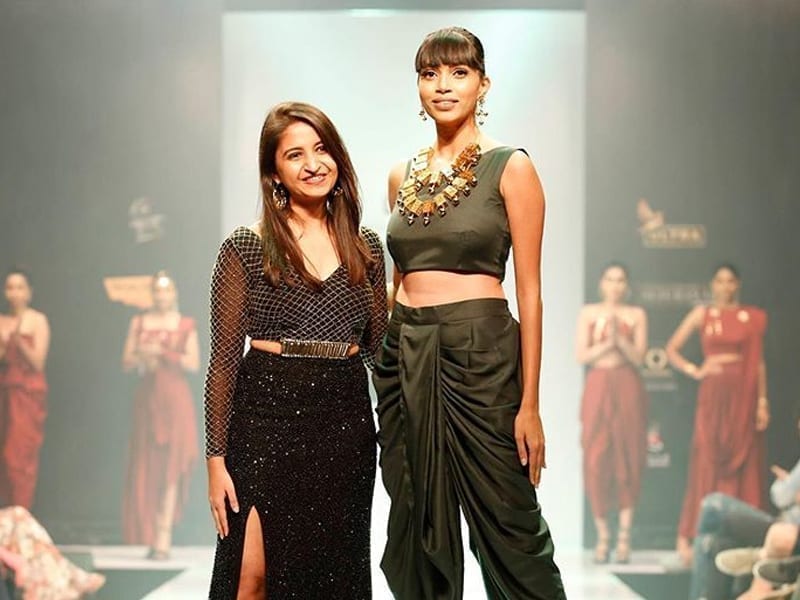Jewellery is our favourite form of art, and jewellery inspired by art takes things to a whole other level. And that’s the concept of designer and founder Dhwani Bansal, who creates modern jewellery and trinkets under her namesake brand. The pieces are handcrafted and distinctly charming with their geometric and artistic shapes. The underlying theme is that of minimalism and elegance which makes every piece very wearable by being just the right amount of statement-making for everyday wear.
Dhwani Bansal, a contemporary jewellery designer rooted in the southern city of Bangalore, shares her journey on how she turned her passion for art into a successful global business, and tips, recommendations and advice for aspirants who would like to enter this space.
1. What’s your educational & professional background?
I grew up in Bangalore and did my schooling here. Art has always been a part of my life, first as an extracurricular activity and then as a subject in high school. At TISB, I had the greatest fortune to be taught Art and Design as a subject by Rebecca Ainscough, a British artist and our tutor for 2 years. She’s had a significant influence on my view of this subject, and it was here that I realised that I wanted to pursue design. I went on to study Art and Design at Central Saint Martins London, where I specialised in Jewellery Design, and later completed my education for the decade with a short entrepreneurial course at the Goldsmith’s Centre, London.
2. What prompted you to get into jewellery designing as a career?
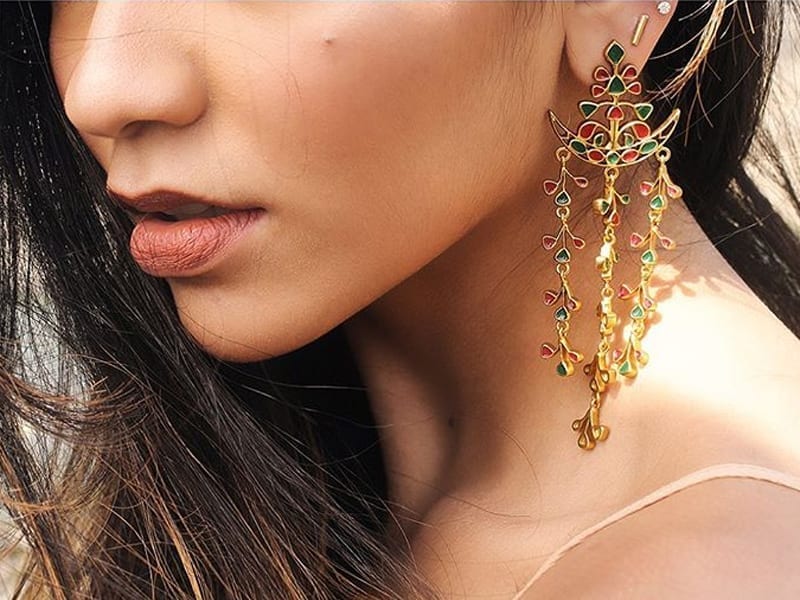
Beautiful objects and spaces were always inexpressibly fascinating to me. Intricate carvings, detailed designs, the minute details and the stories that went into making them inspired me always. When I got into college, I explored various fields like fashion, interiors, products, etc, and when I came upon jewellery making, I knew this is what I wanted to do. It was made up of everything I was drawn towards – storytelling, intricacy, intimacy, and value. I loved the beauty of working with metal and morphing it from a simple sheet into something beautiful and of extreme value.
3. Did you always know you wanted to work in this space?
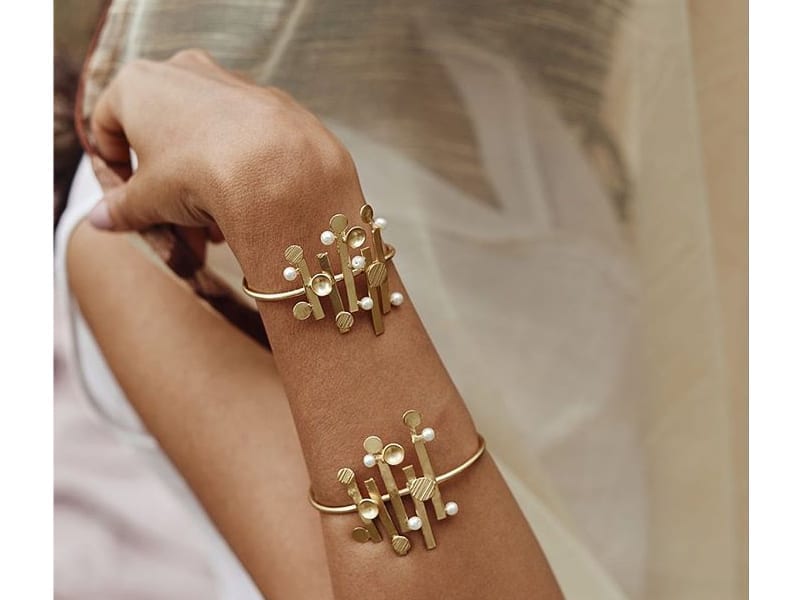
I only knew I wanted to do this when I came upon it as a course in college. As an Indian, growing up in India, jewellery has always been a part of our lives as an asset, you know. Like something very valuable and precious that would be stored in lockers and would be taken out at important events. It was almost elusive in a way. Very precious and unattainable to most. And then in college when I explored jewellery design, I came to realise that jewellery is so much more than just being a valuable asset. It’s a very powerful form of self expression – both for the wearer as well as the maker. It’s so rich in history, has such strong cultural significance across the world, it is an identity marker, and is as much a part of this Earth as we are. It was a world that I wanted to be a part of.
4. What was your first milestone in the business & how did you get there?
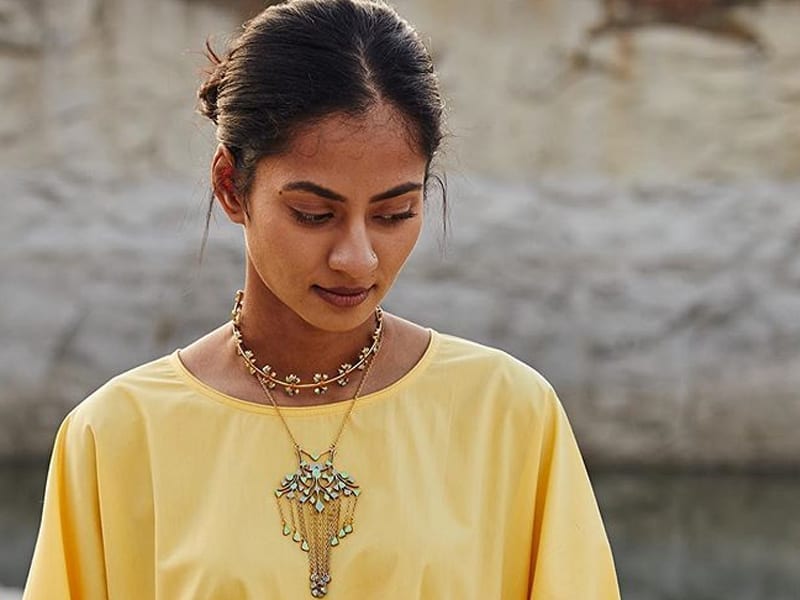
My first milestone was the Graduate Show at Central Saint Martins in 2015. It was where I officially launched my label with my first collection, a capsule series of bracelets inspired by the grandeur of Rajasthan called Resolve. Here I was shortlisted as one of the top 5 designers to look out for by Francesca Amfitheatrof, Design Director at Tiffany & Co then, now Artistic Director at Louis Vuitton. It was surreal and huge. I couldn’t have asked for a better launchpad.
5. How long did it take you to make money from your venture? What was the turning point?
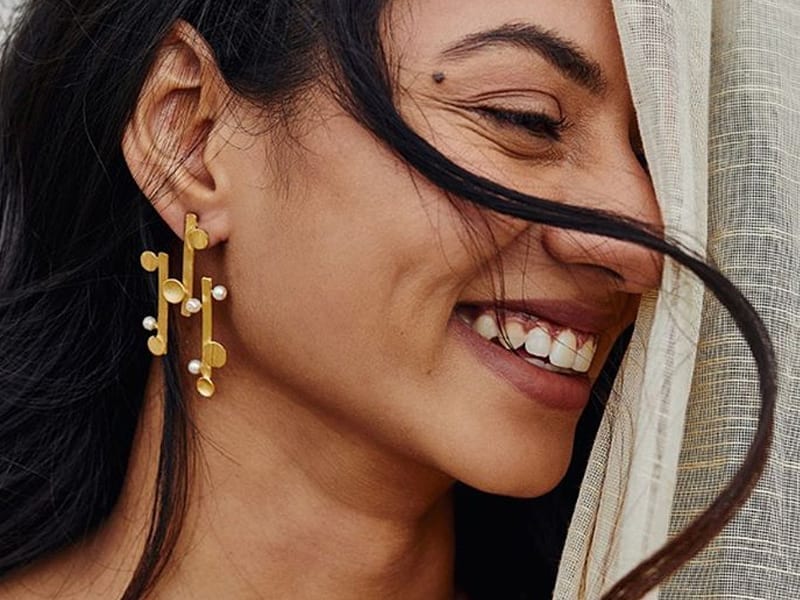
We were making money within the first year of commercially starting off this label in India in 2016. We started off small, without any external investment and built up our label organically. Handcrafted jewellery that was made in brass and plated in gold was an unexplored space 4-5 years ago, and this where our appeal came from. The turning point came in 2019 – we were featured in British Vogue, did our first International Show (International Jewellery London), debuted on the ramp with Bangalore Fashion Week, and broke out into the International market with stockists in the UK and USA.
6. Do you market online/offline? What works better for your brand?
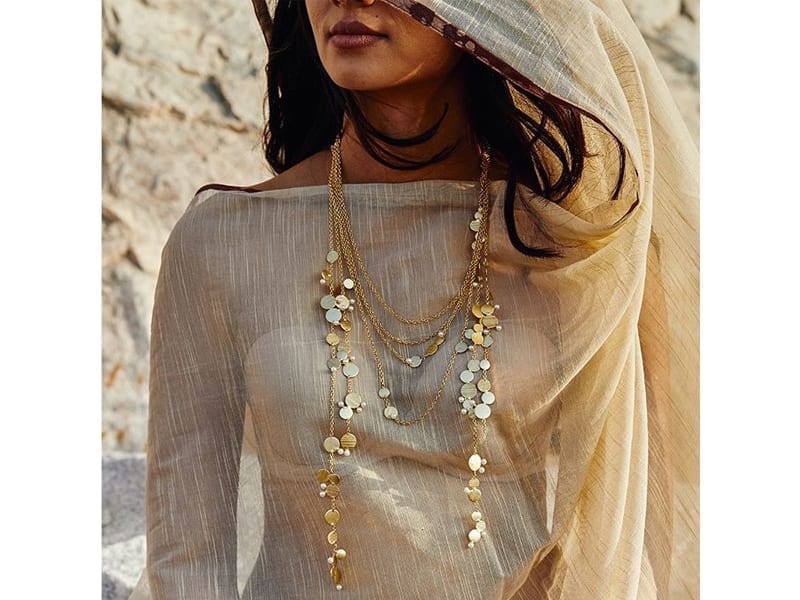
All our events were offline, with all the marketing done online. We’re stocked with stores like Creo, Bombaim and Collage across the country, and with independent boutiques in London. We’ve also embraced online platforms that have a strong aesthetic and design value. Both spaces have their appeal. With offline you’re able to interact with the piece and experience it. On the other hand, online has a significantly higher reach and is more accessible.
7. What are your tips for an aspirant who wants to enter this space?
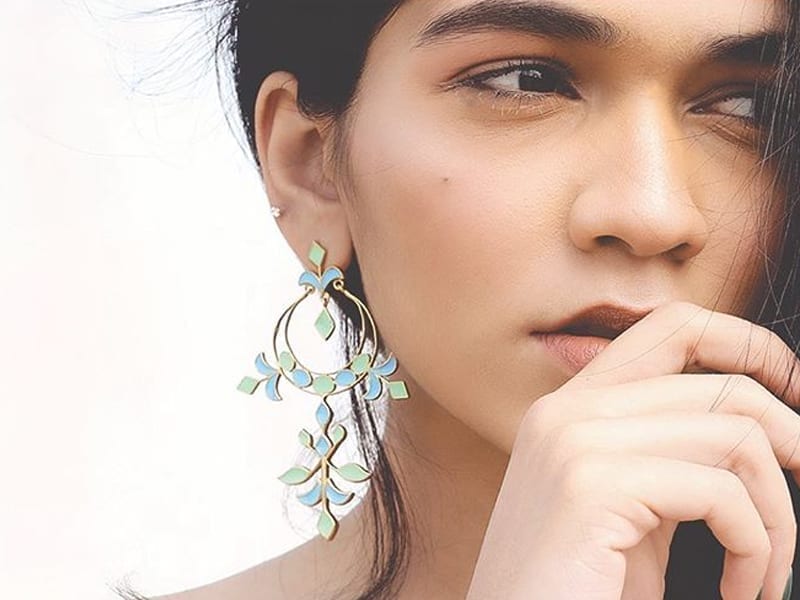
This is a beautiful space to be in, but it’s also tough. There is a lot of money that can be made here, but if your goal is to set up a brand that is unique, you have to be fearless with your designing and have a voice. You’re creating your own path here, so you’ll find a lot of inspirational stories around you, but you won’t find a path that’s already been paved for you. You’ll have to believe in yourself and your vision, and be true to your design aesthetic and aware of everything that makes you tick.
8. Are there any online/offline courses you would recommend?
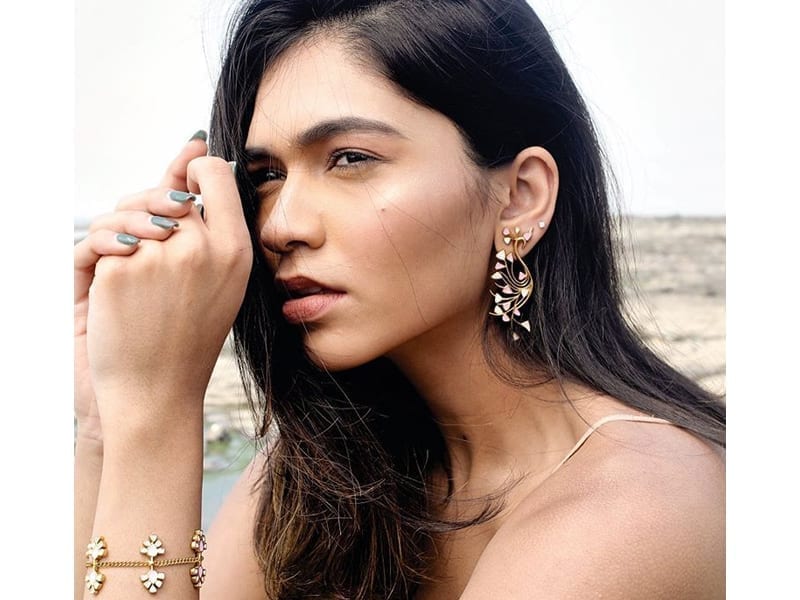
This would depend entirely on the person who wants to study it. Doing a program in person at University is unparalleled. Online courses cannot give you the same experience. For gemstones GIA is the best, and for designing and making there are many like the ones at University of the Arts London, Royal College of Art, Goldsmiths, etc.
9. Which networking groups & showcasing events could help an aspirant meet the right people and generate work opportunities in this field?
College alumni groups are very powerful, along with LinkedIn, and Instagram. Organisations like FDCI and GJEPC, and various other design communities like the Crafts Council etc. that they come across.
10. What are some investments one should be ready to make when trying to create a brand or become a jewellery designer?
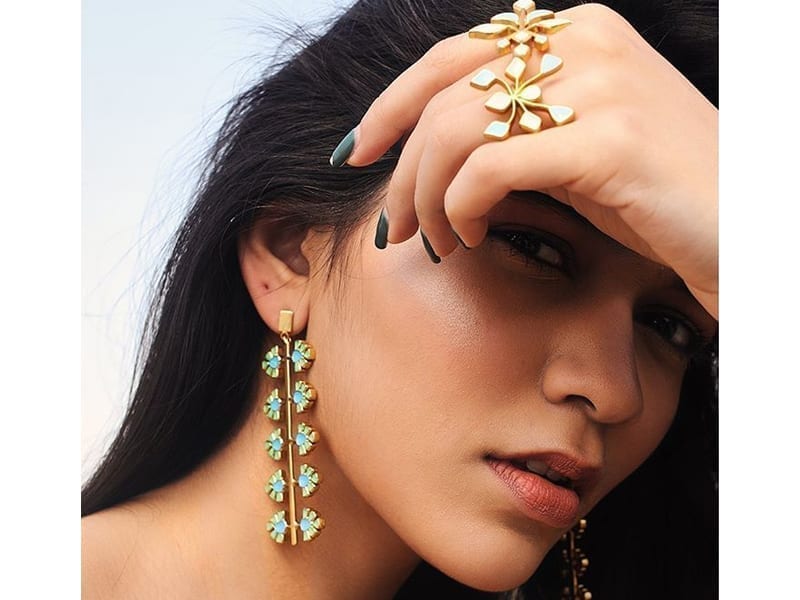
Having a clear vision for what you hope to achieve, an initial investment to create an inventory, a lot of energy to make this happen, passion to keep going when results are yet to come, and unwavering faith in your product and vision.
You can follow and connect with Dhwani Bansal on her Instagram.
Think you’re a Self-Starter or know someone who is? Drop us an email to be featured on The Channel 46 at [email protected].
About Self-Starters
We spotlight inspiring women who are entrepreneurs or have skill-based passion projects and are willing to share knowledge, advice and tips about getting started in the space. Each Self-Starter’s story will be highlighted in a prime slot on the Homepage for a week.

